
Implementing a holistic bridge management system
South Carolina DOT’s centralized, data-informed strategy is delivering safe and resilient bridge infrastructure
By Chris Lacy, Director of Bridge Management | South Carolina Department of Transportation
From the Lowcountry to Upstate, South Carolina’s bridges are essential infrastructure that support the daily lives of its residents and the strength of its economy.
More than 8,500 bridges are currently under state ownership, while another 800 are owned by local jurisdictions and municipalities. For the South Carolina Department of Transportation (SCDOT), keeping these connections strong is central to its mission: ensuring that every citizen can travel safely and reliably, no matter where they live or work.
Meeting that responsibility requires a coordinated, forward-looking approach that focuses on the following strategies:
- Centralizing our approach to support local project execution
- Leveraging data to inform decisions
- Equipping teams to respond to needs quickly
- Investing wisely to optimize cost efficiency
With these strategies, SCDOT is building a holistic bridge management system designed to deliver lasting value for the people of South Carolina today and for decades to come.
Unifying teams under one vision
Bridge infrastructure has long been a part of SCDOT’s Strategic 10-Year Plan that began in 2017. When the plan was implemented, the department created a Bridge Management Office (BMO) to centralize oversight and ensure every bridge investment was tied to long-term mobility strategies and performance.
Today, the BMO is supported by four specialized divisions — data management, project management, permitting for oversize and overweight loads, and inspection/load rating and compliance. Each plays a role in understanding the condition of the state’s bridges, planning improvements and making sure every structure can safely carry the traffic it was built to support.
To support local project execution, SCDOT also created dedicated bridge teams in every engineering district. These crews handle day-to-day inspections, repairs and targeted replacements. They work within a statewide framework that sets priorities, allocates funding and tracks progress.
This organizational structure has allowed SCDOT to align decision-making, accelerate project delivery and unlock new funding opportunities for critical infrastructure.
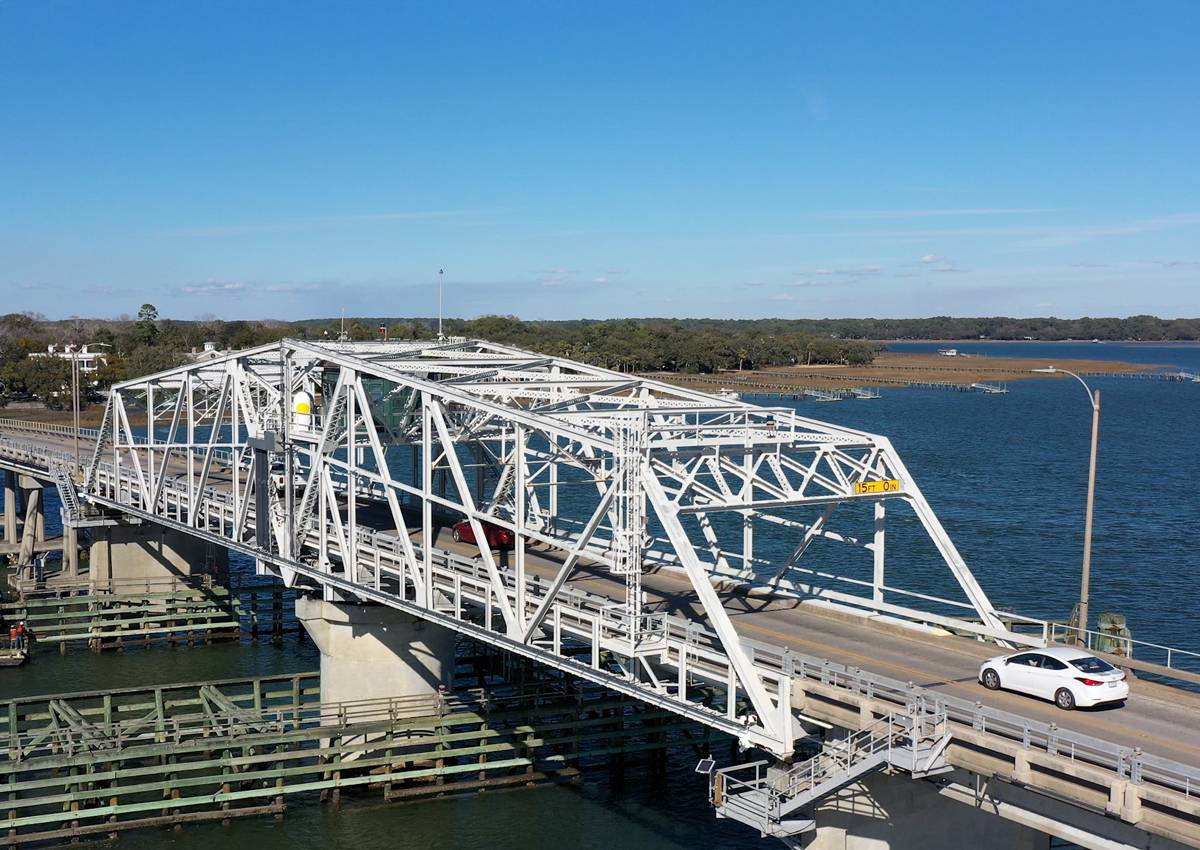
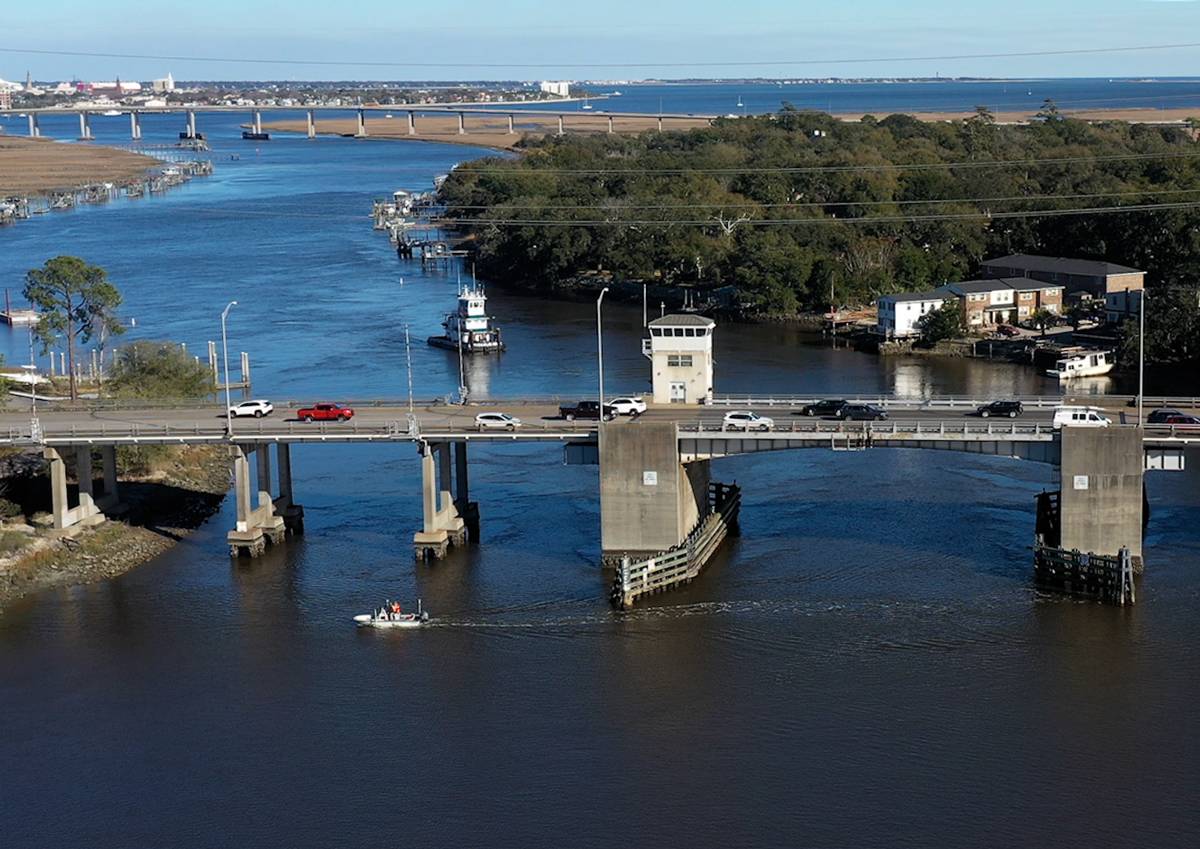
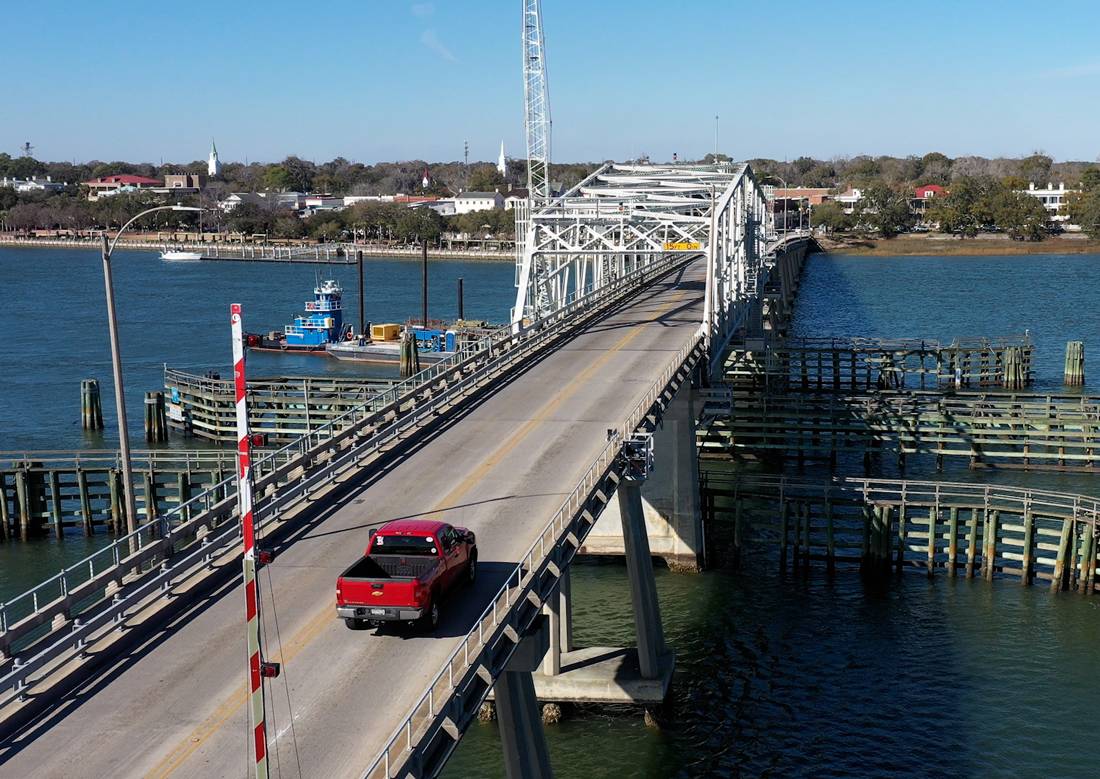


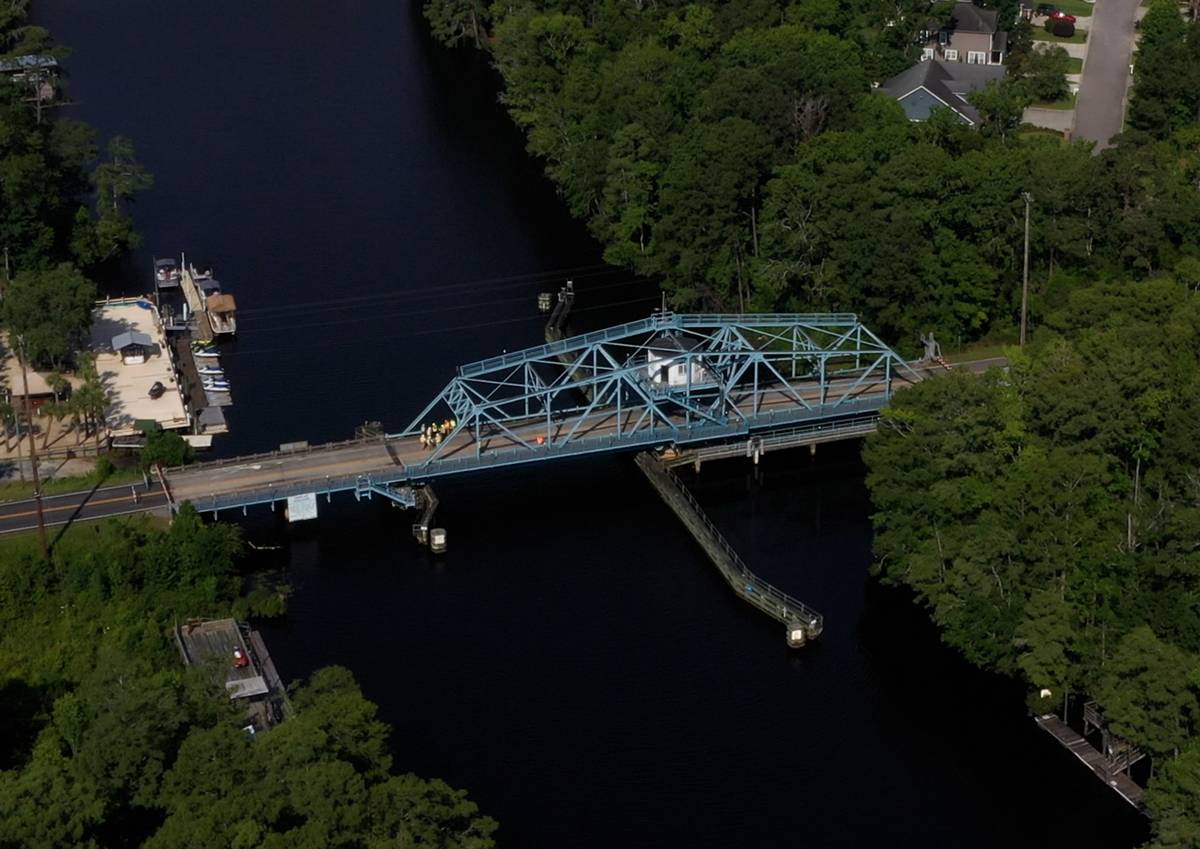
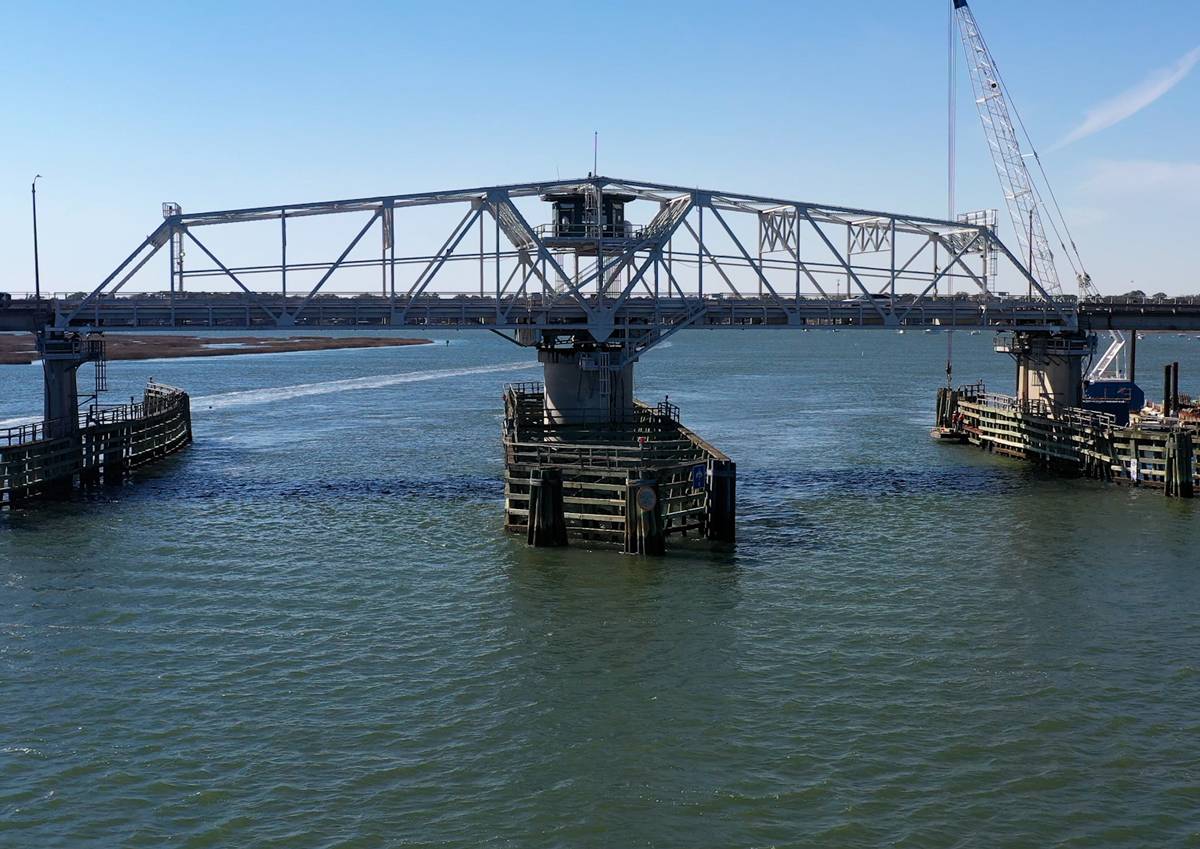
Using data to drive decision-making
At the center of SCDOT’s unified approach is AASHTOWare Bridge Management System (BrM), which houses inspection data on every structure in its inventory. That information, coupled with the transition to new federal Specifications for the National Bridge Inventory guidelines, gives the department a detailed understanding of each bridge’s condition.
With this insight, SCDOT proactively preserves bridge infrastructure, deploying systems that target maintenance and repairs before issues lead to closures or costly replacements.
Reducing the number of closed and load-posted bridges is a top priority for the SCDOT. While replacing every structure would take decades and significant investment, empowering district crews with the knowledge, tools and funding to address problems quickly is helping restore access faster and keep commerce moving.
This proactive mindset not only protects public safety and mobility, but it also extends the service life of bridges and maximizes taxpayer dollars by avoiding more expensive interventions down the road.
Turning insight into action
SCDOT’s investment in data-driven planning would not deliver results without the ability to act quickly in the field. To that end, the department has embraced innovative delivery and design methods that bring projects online faster and more cost-effectively.
Accelerated bridge construction (ABC) is a cornerstone of this approach. From bridge slides and barge delivery for rapid superstructure placement to the use of temporary structures, such as rail cars on single-access roads, SCDOT is finding creative ways to minimize disruption while keeping traffic flowing.
The department also has standardized precast slab and box beam designs, enabling fabrication facilities to work more efficiently and accelerating both design and construction timelines. These elements allow bridges to be delivered to job sites ready for rapid installation, reopening critical routes in less time.
Through design-build delivery, SCDOT packages multiple bridge projects, often by district, with plans to expand to multi-district bundles under single contracts. This approach can accelerate delivery and yield strong cost efficiency, with competitive costs per square foot of bridge when compared to more traditional delivery methods.
Together, these strategies ensure the insights gained from SCDOT’s bridge data translate quickly into real-world results for the public.
A strong bridge program not only supports South Carolina’s citizens and economy today but also positions the state to thrive well into the future.
– Chris Lacy
Director of Bridge Management, SCDOT
Funding to support program growth
SCDOT’s ability to plan strategically and deliver efficiently is supported by state and federal funding, resulting in significant new investments for the bridge program. In the past two years, the General Assembly has committed $200 million specifically for bridge improvements, reflecting a shared understanding that these structures are vital to South Carolina’s economy and quality of life.
Support from federal partners has been equally important. Through competitive grant programs, SCDOT has advanced major projects such as the replacement of I-95 over Lake Marion in Clarendon County and I-526 at Long Point Road in Mount Pleasant. Federal funding also is driving early planning through project development and environmental linkage (PEL) studies for future work on I-95 over the Great Pee Dee River and I-85 over Lake Hartwell, ensuring the department is prepared to deliver critical projects as demand grows.
Building for today and tomorrow
For SCDOT, bridges are more than structures. They are the connections that keep South Carolina moving, linking communities, supporting commerce and driving growth. By transforming bridge management into a unified, data-driven program, the department is addressing today’s needs while laying the groundwork for a stronger, more resilient system for decades to come. A strong bridge program not only supports South Carolina’s citizens and economy today but also positions the state to thrive well into the future.
ABOUT THE AUTHOR
 Chris Lacy
Chris Lacy
Director of Bridge Management
South Carolina Department of Transportation
Contact him at [email protected].
